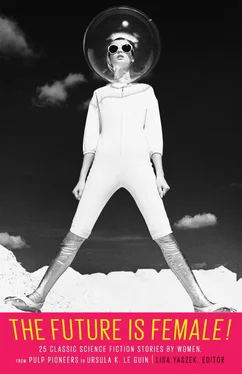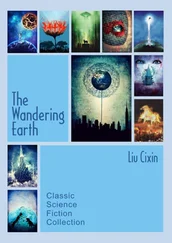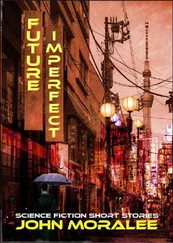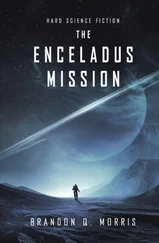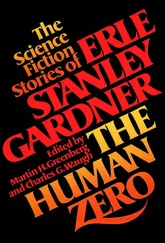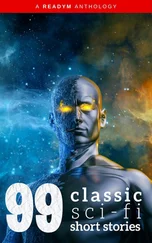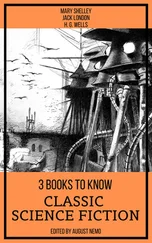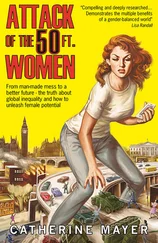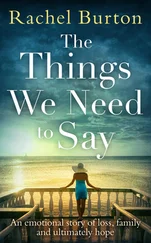The first generation of women writing within the American SF magazine community began their careers in what is commonly known as the Pulp Era: the period from 1926 to 1940, approximately, when genre periodicals were often printed on cheap wood-pulp paper. SF was not, at this point in its history, a genre that radiated social prestige, like the lyric poem or the realist novel. Indeed C. L. Moore, a writer credited then and now with bringing newfound character depth to the pulps, later remembered it as “a great act of daring” for her to purchase her first SF magazine, happening upon Amazing Stories at an Indianapolis newsstand. Her parents “had very definite ideas about literature” and “didn’t approve of ‘trashy’ fiction,” she recalled. {6} 6 Elliot, “C. L. Moore: Poet of Far-Distant Futures.”
Readers today with similarly definite ideas about literature, who are looking for subtle allusions or the artful defamiliarization of ordinary language, could certainly describe Pulp Era writers like Clare Winger Harris, Leslie F. Stone, and Moore herself as “pulpy.” Less interested in sentence-by-sentence literariness than in big what if questions and the seemingly boundless imaginative possibilities of futures to come—for optimism was one of the hallmarks of the era—these women bravely and collaboratively broke all sorts of new generic ground, trying out speculative themes that now seem like basic elements of American culture. How many of our current SF movie blockbusters still more or less fit the sixteen “Possible Science Fiction Plots” that Harris casually tossed off back in 1931?
1. Interplanetary space travel.
2. Adventures on other worlds.
3. Adventures in other dimensions.
4. Adventures in the micro- or macrocosmos.
5. Gigantic insects.
6. Gigantic man-eating plants.
7. Time travel, past or future.
8. Monstrous forms of unfamiliar life.
9. The creation of supermachines.
10. The creation of synthetic life.
11. Mental telepathy and mental aberration.
12. Invisibility.
13. Ray and vibration stories.
14. Unexplored portions of the globe: submarine, subterranean, etc.
15. Super intelligence.
16. Natural cataclysms: extraterrestrial or confined to the earth. {7} 7 Clare Winger Harris, “Possible Science Fiction Plots,” Wonder Stories 3.3 (August 1931): 426–27.
The first woman to publish in an SF-specialist magazine, Harris seems to have been the first writer of any sex to offer such a taxonomy, and she wrote stories based on several of these possible plots herself. Her contemporary Leslie F. Stone imagined the first woman astronaut, the first black SF hero, and the first alien civilization to win a war against humans, helping to build a new kind of American literature from its foundations up.
Science fiction’s Golden Age—from 1940 to 1960, approximately—saw the genre move from the margins of the culture toward its center. In the wake of Hiroshima and Nagasaki, the stakes involved in speculation about the future increased exponentially, drawing mainstream authors and critical attention to the genre. For women who began writing during these years, including Judith Merril, Carol Emshwiller, Andre Norton, and others who have been all but lost to history, SF magazines proliferated and paid them increasingly well for their work; a new generation of editors demanded better-crafted sentences and new approaches to already established themes. Book publishers, both genre-specialist and mainstream, increasingly sought story collections, novels, and anthologies. Enabling professional literary careers for some of the writers included here, growing audiences also enjoyed SF radio shows, comic books, and movies; Merril became the first woman—and one of the first authors of any gender—to have her SF adapted for television. (Her post-apocalyptic novel, Shadow on the Hearth , appeared as Atomic Attack for the prestigious Motorola Television Hour in 1954.)
By the 1960s, with the advent of the Space Age, some of the wildest imaginings of the genre’s pioneers had become matters of fact: computers, robots, lasers, and lunar exploration programs were now entirely real. For the generation of women beginning their careers during these years—writers including Sonya Dorman, Ursula K. Le Guin, and Joanna Russ—changing times seemed to have overtaken much of the SF they had grown up reading. Rethinking their predecessors’ often utopian investments in the world-altering potential of the hard sciences, they turned to psychology, anthropology, and sociology, and to modernity’s many discontents, exploring themes like consumerism, overpopulation, virtual reality, corporatism, and the technoscientific manipulation of sex and gender. Most notably, these New Wave writers (as they came to be called) experimented not only with more contemporary subject matter but with form, style, and modes of expression. For inspiration, some looked to avant-gardes in art, music, and literature, as well as to futurity. More than ever before, they saw their stories appear in literary or mainstream magazines, and deliberately crossed genres; the “science fiction” of earlier generations became, more popularly, “speculative fiction.”
So what drew women to SF, and what were their contributions to it? As they recall in lectures, interviews, and their own writing, women loved the openness of the genre. Leigh Brackett cherished the “sense of wonder” associated with speculative fiction, asking, “where else can I voyage among the ‘great booming suns of outer space’… shoot the fiery nebulae, and make planetfall anywhere I want?” {8} 8 Walker, “Leigh Brackett: Interview.”
Margaret St. Clair valued SF for leading “human attention into areas of experience that might not have otherwise been explored.” {9} 9 Margaret St. Clair, “Wight in Space: An Autobiographical Sketch,” in Martin H. Greenberg, ed., Fantastic Lives: Autobiographical Essays by Notable Science Fiction Writers (Carbondale: Southern Illinois University Press, 1981), 144–56.
Still others turned to the future in order to confront social and political issues in the imperfect present. Indeed, for Judith Merril SF seemed like “virtually the only vehicle of political dissent” available to artists during the Cold War, enabling expressions of protest that publishers or audiences might otherwise have rejected. {10} 10 Judith Merril, “What Do You Mean: Science? Fiction?” Extrapolation 7, 8 (May 1966, December 1966): 30–46; 2–19.
Joanna Russ believed similarly that SF could “crystallize an awful lot of things [people are] already feeling,” and could be particularly useful to minority authors hoping to convey new perspectives on science and society to wider audiences. {11} 11 “Joanna Russ,” in Charles Platt, Dream Makers II: The Uncommon Men & Women Who Write Science Fiction (New York: Berkley, 1983), 191–202.
As they staked claims for themselves in the American future, early women SF authors made three major contributions to their chosen genre. First and foremost, they made complex character development a priority in a genre that initially excelled in big ideas and impressive gadgetry rather than emotional depth. As Andre Norton put it, hard science and technology might well be crucial to making a story SF, but what really interested her was “why people do things and how they might react.” {12} 12 Paul Walker, “Andre Norton: Interview,” Speaking of Science Fiction (Oradell, NJ: Luna Publications, 1978), 264–70.
To better explore these questions, women revised one of the oldest and most central relationships in SF: that of humans and aliens. Over the course of the nineteenth and early twentieth centuries, authors drew on widespread assumptions about Darwinian competition between species to cast aliens as bug-eyed monsters whose horrifying appearance reflected their equally horrifying desire to steal scarce resources from humans. But as early as 1928, Clare Winger Harris’s “The Miracle of the Lily” challenged such representations with its depiction of a man who struggles against his innate antipathy toward aliens upon meeting sympathetic, intelligent insects from Venus. Other early SF authors included in this volume who elaborate on the startling notion that humans might cooperate rather than compete with those who differ from them include Zenna Henderson, Rosel George Brown, and Ursula K. Le Guin. Women also challenged extant ideas about the natural hostility between species by telling tales from alien points of view. Leslie F. Stone pioneered this technique in her 1931 battle-of-the-sexes tale “The Conquest of Gola,” which invites readers to side with the female inhabitants of Venus as they ward off attack by their male Earthly neighbors. Subsequent authors, including Margaret St. Clair, Carol Emshwiller, and Sonya Dorman, refined this reversal of perspective to explore a host of issues, including sexism, racism, environmentalism, colonialism, and capitalism.
Читать дальше
